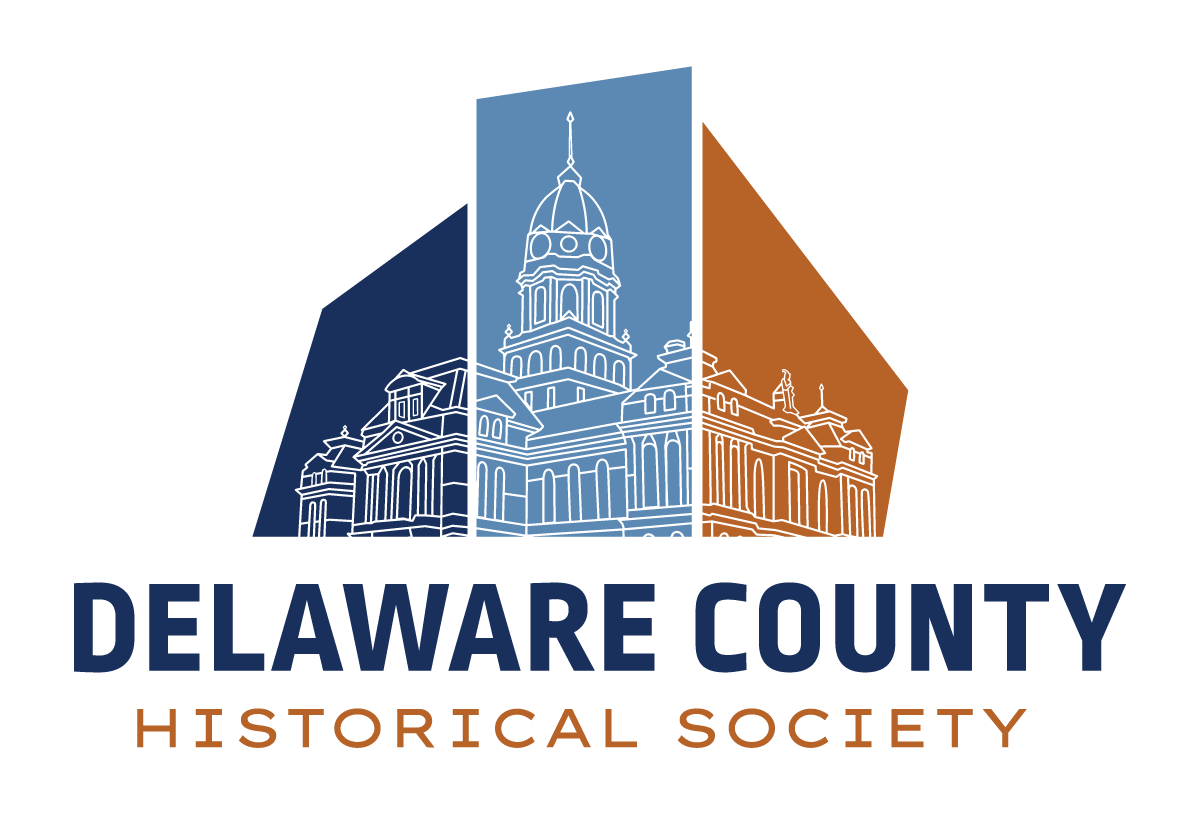Beech Grove Cemetery: A Primer
By: Chris Flook
During Muncie’s earliest years, when the settlement was still known as Munseytown, many residents buried their dead in one of three public cemeteries. The first of which existed in what is now the Old West End, approximately where the Friends Memorial Church sits today. The second was east of town along Main Street, at what is now the Center Township Trustee’s office and a third was at the corner of Elm and Willard streets.
As Munseytown grew in both size and population, these cemeteries proved inadequate to meet the needs of the expanding community. To rectify the situation, Center Township Trustees purchased one and a half acres of land from Moses Elby in 1841 to build a large, public cemetery at the edge of town. At the time, Elby’s property was on the western outskirts of Munseytown, sandwiched between Kilgore Avenue, then known as Illinois Avenue, and the White River. After the establishment of the new burial grounds, most families disinterred their departed loved ones from the original graveyards and reburied them in the new cemetery.
A local judge by the name of Thomas Sample christened the new grounds as Beech Grove in recognition of a large knoll of Beech trees that once hugged the river in the area. Prior to the cemetery’s creation, this beech grove served as an informal Center Township park. Residents from all over Delaware County picnicked and attended political rallies on the grounds during election season.
Munseytown became Muncie in 1845, an incorporated town in 1854, and a city in 1865. In the ensuing decades, the city expanded Beech Grove Cemetery southwest along the river to accommodate the needs of the growing community. In the latter half of the 19th century, the Muncie City Council purchased large tracts of land from the Kirby, Gilbert, and Willson families, which more than doubled the size of the cemetery. Then in 1902, the city purchased the immense 51-acre Galbraith Farm from John Moore for $12,000. By 1906, after the city had acquired a few more acres, Beech Grove Cemetery’s boundaries became as we know them today.
In its earliest years and within the original grounds, Beech Grove was little more than a spartan stretch of lawn, punctuated by non-descript grave markers. This is evidenced still in the Old Part of the cemetery. Early Munsonians, like many other Americans, sought practicality when interring the dead. Yet, expectations changed in the latter half of the 19th century. The Civil War had brought a heightened sense of awareness about death. The Second Industrial Revolution had also radically altered the municipal landscape - Americans no longer lived in picturesque frontier settlements, but in rapidly industrializing cities of smog, poor sanitation, overcrowded tenement housing, and infectious disease.
In such a climate, Gilded-Age Americans desired municipal spaces that offered a respite from these industrialization byproducts. Landscape architects responded with the City Beautiful Movement, which sought to beautify urban centers with elaborate parks, monuments, and civic architecture.
Cemeteries also underwent significant changes in this period. Improving on the Rural Garden Cemetery style found in New England and Europe, Adolph Strauch, the superintendent of Cincinnati’s Spring Grove Cemetery, pioneered a new style known as a “lawn-park.” Strauch’s concept featured beautifully landscaped terrain designed to convey a pastoral atmosphere. Strauch encouraged families to build a single family monument, with smaller markers for individual members. Relatives were expected to plant memorial vegetation and maintain the family plot indefinitely.
In Muncie, a landscape architect by the name of O.W. Crabbs implemented City Beautiful designs into the civic landscape and transformed much of Beech Grove Cemetery into the handsomely designed lawn-park cemetery we know today.
Crabbs is arguably the father of Muncie’s City Beautiful movement. His career spanned several decades and included stints as a city councilman, park superintendent, director of the Ball State’s buildings and grounds, superintendent of Ball Memorial Hospital’s grounds, and was instrumental in managing the landscape of the county fairgrounds. Crabbs was also hired by several Ball families as a landscape designer.
From 1896 through 1915, Crabbs served as the superintendent of Beech Grove Cemetery. During his tenure, he commissioned the building of several iconic features found in the cemetery including the grand arch, the administration building, and the now lost chapel. Crabbs also designed the general rolling landscape features, planted five-hundred shrubs, thirteen-hundred peonies, and several hundred trees - some of which still stand today. He also built curving boulevards, lagoons and other water features, and the surrounding fence.
His efforts proved successful. For many Munsonians, Beech Grove Cemetery became the place to bury loved ones. In the late 19th and early 20th century, the cemetery also remained an informal park, a place to not only bury the dead, but a space for picnics and leisurely strolls as well.
Beech Grove remained one of the city’s prominent cemeteries throughout the 20th century, even as new burial grounds appeared across our civic landscape. Over 44,000 people have been laid to rest within the cemetery’s gates - rich and poor, Black and white, titans of industry, teachers, factory workers, soldiers, politicians, and religious leaders - Muncie’s history is quite literally buried at Beech Grove Cemetery.





